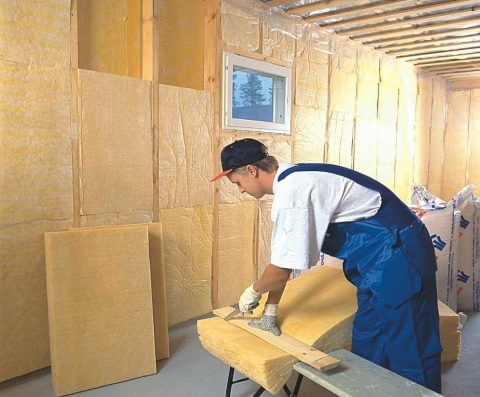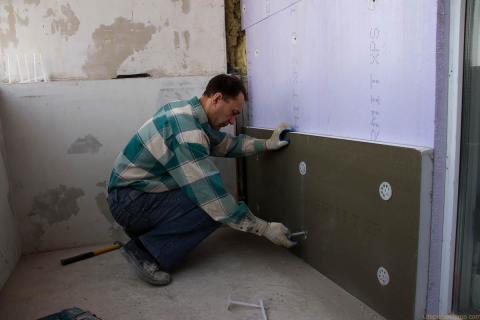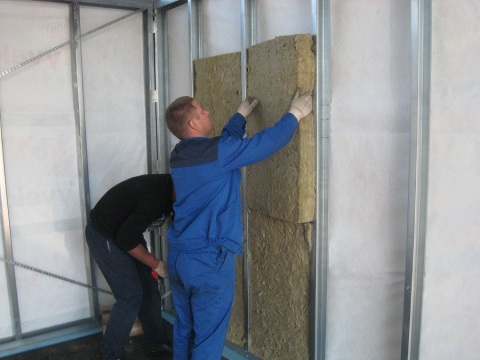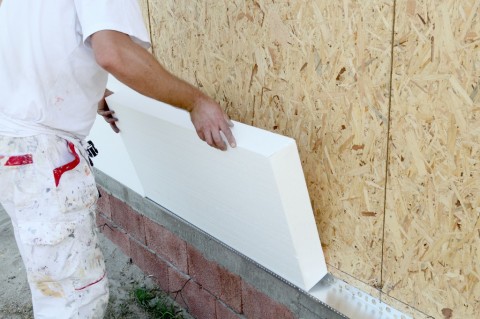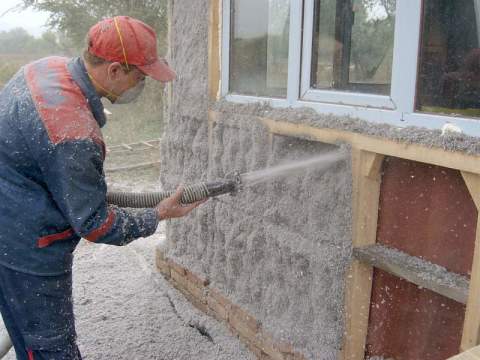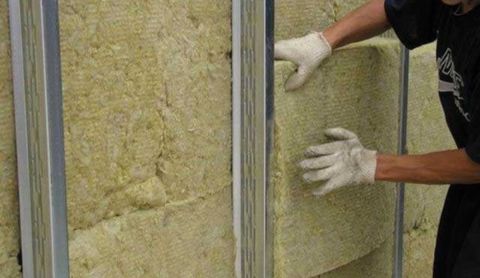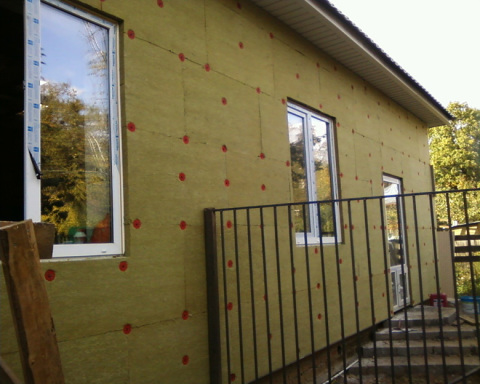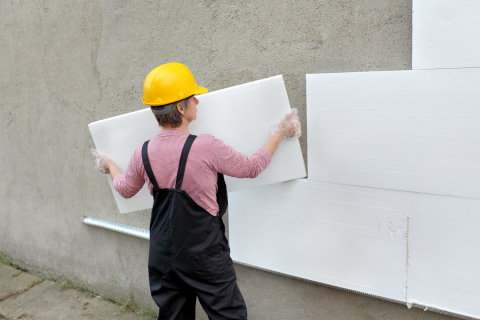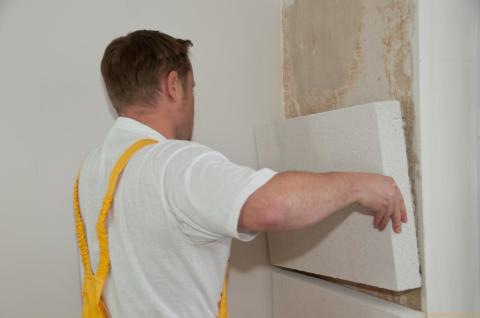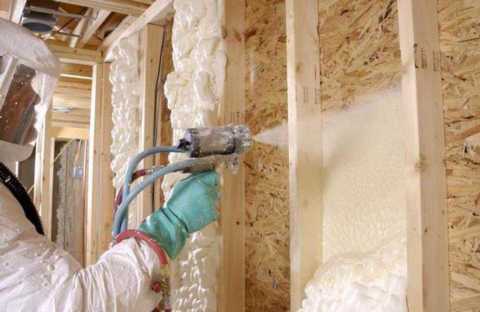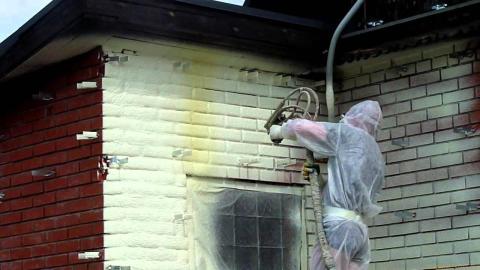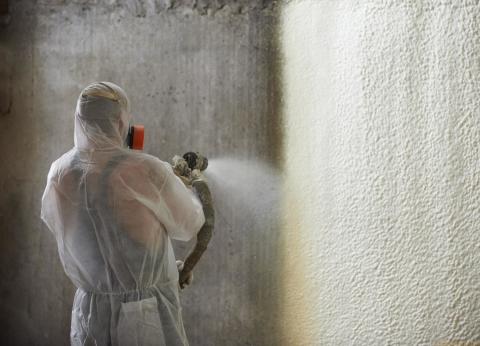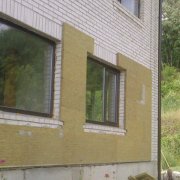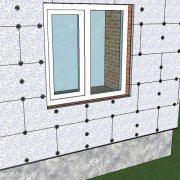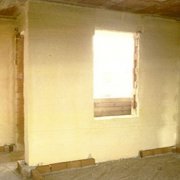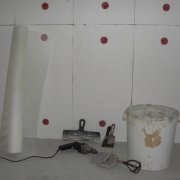How to insulate the walls of the house from the inside: materials and their advantages
If your heating bills in winter cause a panic attack and the walls of the house constantly “sweat”, it means that some miscalculations were made during the construction, and it's time to think about insulation. This is not a simple and expensive business, so it is so important to carefully approach the choice of materials.
In this article we will tell you how to insulate the walls of a house from the inside, and compare several popular types of insulation, so that it is easier for you to make a choice.
The content of the article
Main characteristics
Before proceeding to the choice of how to insulate the walls from the inside of the house, it is necessary to clearly understand what qualities these materials should have. To one degree or another, all heaters have the same set of qualitative characteristics, but the difficulty in choosing is that they are present in different ratios for different materials.
So, let's figure out what qualities must be present in the insulation:
- Degree of thermal insulation. Different materials have different degrees of isolation, and often it makes no sense to overpay for extra characteristics when there is no great need for them. This parameter largely affects the final cost, so it makes sense if you do not save, then pay for other criteria.
- Vapor permeability. This indicator is very important, especially if condensation is constantly forming on your walls, which if it does not evaporate, then eventually turns into a fungus or mold. The insulation must allow moisture to evaporate freely from the surface of the wall.
- dimensions. With the same heat capacity, heaters can have different thicknesses. Since the topic of our article is how to insulate the walls inside the house, the thinner the insulation sheet, the better, as this will allow you not to hide the treasured centimeters from the total area of the room.
- Lack of cold bridges. The problem with many heaters is that cold bridges are always formed at the junction, which can adversely affect the finish. It is better to give preference to that material having tight joints that will not freeze.
- Easy mounting. Wall insulation is a simple process, and in most cases it does not make sense to attract specialists, and all the work can be done with your own hands, but there are also materials for the installation of which you may need not only professional skill, but also special expensive equipment.
- Save form. Some types of heat insulators of low quality can lose their shape over time, and as a result, quality. Remodeling repairs is expensive and difficult, so it’s better to carefully select a material that will retain its original shape throughout its entire service life.
Important! Suspiciously low price of materials - an occasion to think about their quality. Most likely, before you is a fake of low quality, which will not last long, and you may have to redo the entire repair. Do not give in to the temptation to save money, and it is better to give preference to trusted brands that have worked well in the market.
So, we figured out the characteristics, and now we can examine in more detail several popular options and after that make a choice, the better it is to insulate the walls inside the house.
Types of insulation
Choosing the better to insulate the walls of the house from the inside, many people are repelled by the cost of materials, trying to combine high quality and low price. Unfortunately, such a symbiosis is not always possible and you have to sacrifice something.
If positive qualities are present in all heaters in approximately equal proportions, then the negative sides are different for everyone. It is not necessary that they will be critical, but you need to know about them, choosing what to insulate the wall from the inside.
So, let's look at the different types of insulation and focus on their main disadvantages.
Mineral wool
The most common and inexpensive insulation, which is in great demand, both among professional builders, and among those who decided to make wall insulation on their own.
Besides the attractive price, mineral wool has many advantages, and one of the main ones is light weight, due to which the material does not create additional load on the walls and foundation. This quality is especially true for owners of light frame houses. Simply put, if you are looking for something to insulate the inner drywall wall, then mineral wool is the most affordable and optimal option for you.
Despite many positive aspects, cotton wool has a number of negative qualities, and here are just a few of them:
- Vata is able to absorb moisture and lose its shape over time. Material falls into lumps inside the wall and loses all its qualities.
- The level of thermal insulation of mineral wool is slightly lower than that of other types of insulationbut it has a high vapor permeability.
- Installation instructions for mineral wool do not provide for insulation of joints between platestherefore, bridges of cold will form in these places.
Also, there is another kind of cotton insulation - basalt cotton wool. Unlike mineral wool, it retains its shape much better and holds heat. This was made possible by adding natural basalt to the fiber. The plates turned out to be more durable and maximally resistant to high temperatures.
Such material is much more expensive, so it is not so often used for wall insulation. The main field of application of basalt wool is the insulation of furnaces and heating elements. This material easily transfers contacts with hot objects and at the same time does not lose its qualities and original shape.
Polyfoam and its derivatives
Probably, every person who thinks about the question of how to insulate the walls indoors, recalls the foam (seeHow to use polystyrene for insulation of walls inside the house) This material is no less popular than mineral wool, and unlike it, it perfectly retains its shape. Moreover, polystyrene does not interact with moisture at all and does not let it pass under its surface, but it is precisely this, on the other hand, that is its key drawback.
The fact is that the foam completely does not have vapor permeability and all the condensate formed under its surface remains there, not having the ability to evaporate. This is often not a problem, as not all walls sweat from temperature changes, but if you decide how to insulate the wall inside the bathroom, it is better to give preference to another material, since under the foam, due to constant humidity in the room, harmful mold may begin to form.
In addition, it is believed that the foam is a very combustible material, and as a result dangerous. In fact, this is a fallacy. Modern insulation is made with the addition of special flame retardants, which not only prevent fire, but also serve as a significant barrier to the spread of fire.
The fact is that under the influence of high temperatures, the foam breaks down into carbon dioxide and water, which by definition cannot burn.
There is also another type of foam insulation - foam (see.Technology for wall insulation with foam: do it right) In fact, this is the same foam, but with a higher density. It is best suited for the insulation of internal walls, since with the same heat capacity, the thickness of the foam plate will be much less, which can significantly save space indoors.
Important! The proof that the foam is completely safe is the fact that supervisory authorities allow its use in the construction of public and children's institutions.
Polyurethane
The modern chemical industry has created many useful and useful things, and one of them is polyurethane foam, or polyurethane foam in the common people. This material is familiar to everyone who at least once encountered installing windows or doors, but few know that in addition to this, it is also used as insulation for walls.
Immediately make a reservation that if you are looking for the better to insulate a concrete wall from the inside, then it is impractical to use polyurethane foam. It has maximum thermal insulation, and even a layer of just a few centimeters is able to insulate the coldest wall.
Polyurethane foam is used most often on thin walls, which need maximum insulation with a minimum thickness of the insulating layer. In addition, the mounting foam completely lacks cold bridges, since it is applied in an even layer without joints and drops.
This material has a huge number of advantages and it’s simply impossible to list them all in one article. As for the shortcomings, there are practically none, with the exception of the complexity of application.
Insulate the wall with polyurethane foam you will not succeed on your own, as this will require special expensive equipment that mixes the ingredients and sprayes them on the surface. It does not make sense to buy it for the sake of a one-time insulation, therefore it will be much cheaper and easier to turn to specialists.
In any case, if you are looking, for example, with what to insulate the cellar wall inside, then polyurethane foam is ideal. It will insulate the room as much as possible and create a favorable microclimate in it.
And in conclusion, we suggest you watch the video in this article, which shows detailed instructions for working with foam insulation. As you can see, the process is complex and time-consuming, which also requires certain skills from the master.
From the foregoing, we can conclude that before insulating the inner wall, it is necessary to take into account many factors, and only after that make a choice in favor of any material. All of them have their own distinctive characteristics, and the choice largely depends on the characteristics of the room that needs to be insulated.
